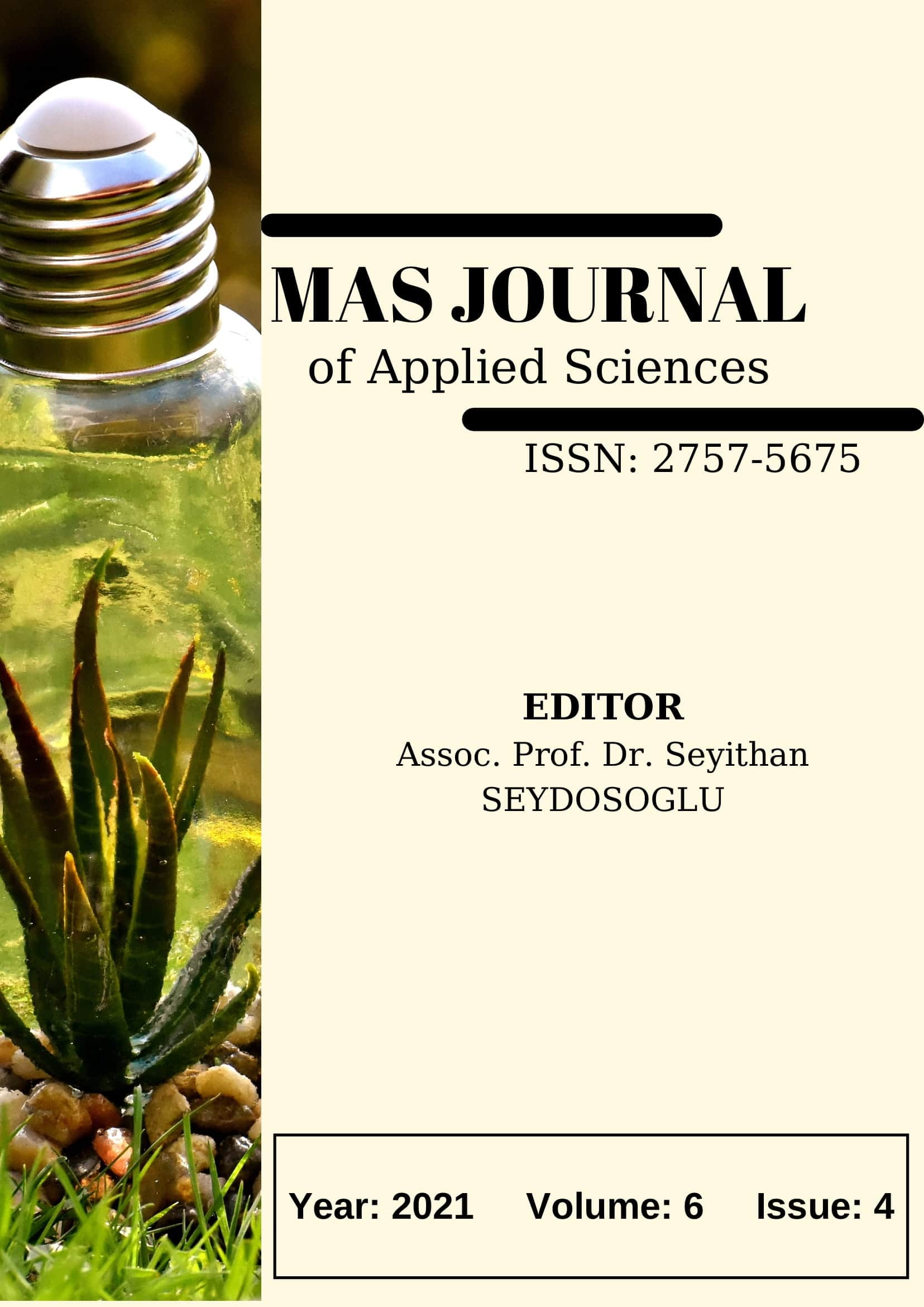The Effects of Queenright and Queenless Colonies and Nutrition on the Stress Protein (HSP70) in Royal Jelly Production ’A Preliminary Study’
DOI:
https://doi.org/10.52520/masjaps.124Keywords:
Royal jelly, queenless colony, pollen, apilarnil, stress, hsp70Abstract
Royal jelly is the most valuable in bee products. With the nutritional composition it contains, it contains the secrets of the long life of the queen. There are various production methods for royal jelly production. Colonies left without queen bees (starter colonies) and finishing colonies with queen bees are used in production. In particular, queenless is a source of great stress and uneasiness for the colony. In the research, it was aimed to determine the possible stress effects of different feeding on as well as queenright and queenless colonies. The experimental group consisted of 9 colonies, 3 starter and 6 ending colonies (syrup group, pollen + syrup group, pollen + honey group and apilarnil + syrup group), and 36 colonies in total. According to the hsp 70 analysis, the stress of the syrup group (18,34 ± 4,95), the pollen + syrup group (19,85 ± 4,44), the pollen + honey group (22,21 ± 2,57) and the apilarnil + syrup group (24,09 ± 2,07) increased, respectively. The hsp 70 levels of the terminator groups were found to be lower (16,65 ± 3,20; 17,86 ± 3,08; 19,24 ± 6,57; 22,83 ± 1,57) in parallel with this order. The royal jelly production amounts of the groups in the sample week were found to be 17,00; 20,33; 20,67 and 23,00 in the above-mentioned group, respectively, and were parallel to the hsp 70 levels. In both starter and finisher colonies, p>0.05 level was found between statistical significance syrup and syrup-apilarnil and syrup-pollen and syrup-apilarnil groups in terms of HSP 70 values. These findings suggest that colonies queenless have a greater stress response than their queenright colonies and can be interpreted as the higher the quality of the food given, the more stress the bee gets in order to produce more.
Downloads
Published
How to Cite
Issue
Section
License
Copyright (c) 2021 The copyright of the published article belongs to its author.

This work is licensed under a Creative Commons Attribution-NonCommercial 4.0 International License.


